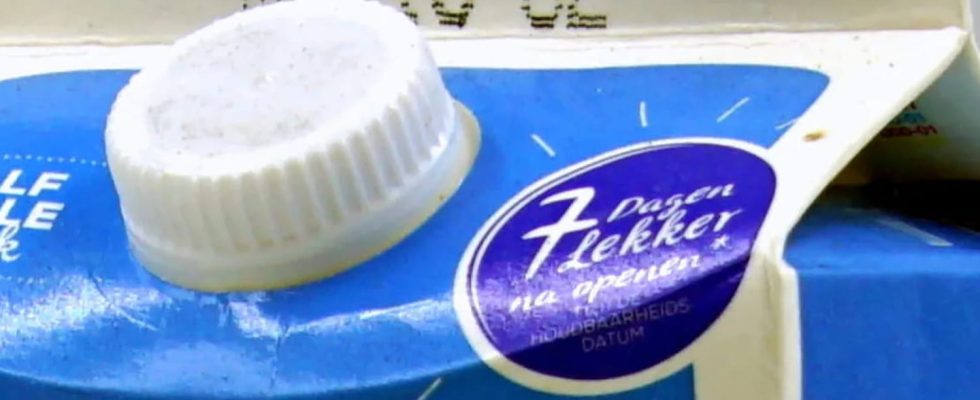Many milk and juice cartons have screw-on caps, but should the cap stay on the carton when you sort it for recycling? Answer.
Bricks with screw caps are convenient for pouring milk into the glass. But what do you do with that little plastic cap when the carton is empty and on its way to recycling with all the other recyclable waste? Instinctively, many would throw the cork separately into the recycling bin so that the cork is processed separately from the brick. However, this is not necessarily the right solution, according to specialists who manage waste. Plastic caps are often very small. If you sort the caps separately when handing in the brick for recycling, you risk that these caps end up being incinerated in the energy plant. Here’s why.
The reason the plugs can end up in the energy plant’s furnace is because of their small size. When recyclable waste arrives at the recycling centers, it is dumped onto a large sorting belt. Once on this belt, a laser or a sorting worker identifies each type of plastic in order to sort them individually. But a cap from a carton of milk or yogurt is so small that it risks falling off the carpet. If it falls and ends up on the ground, it is collected with other waste intended for incineration.
On average, a household throws away 165 cartons of milk or yogurt per year. When these bricks arrive at recycling centers, they are compressed into large bales before being sent to a processing plant. In this factory, water and different chemicals are used to separate the paper fibers from the plastic inside the brick. The factory is optimized to separate the different parts. If you leave the cap on the brick, it will be sorted and used as raw material for recycled plastic. If you leave the plastic cap on the milk carton, it is therefore more likely that it will end up recycled into a new product.
To prevent consumers from having to worry about whether they should sort the cork separately, manufacturers are in the process of modifying the packaging. Plastic bottles are now equipped with a solid cap that cannot be removed, to ensure that everything will be recycled. This new feature will also arrive on cardboard bricks. The caps will remain attached to the packaging from the use of the product until entry into the recycling process. This is to ensure that the cap is recycled with the packaging, rather than risking it ending up in the environment. This new concept of folding cap with self-locking hinge is designed to offer the practicality necessary for home consumption. The cap is resealable for later consumption. Pull the cap up to open it, and tilt it down until you hear a ” click ” to close it. If necessary, you can turn the cap around the neck for greater convenience.
